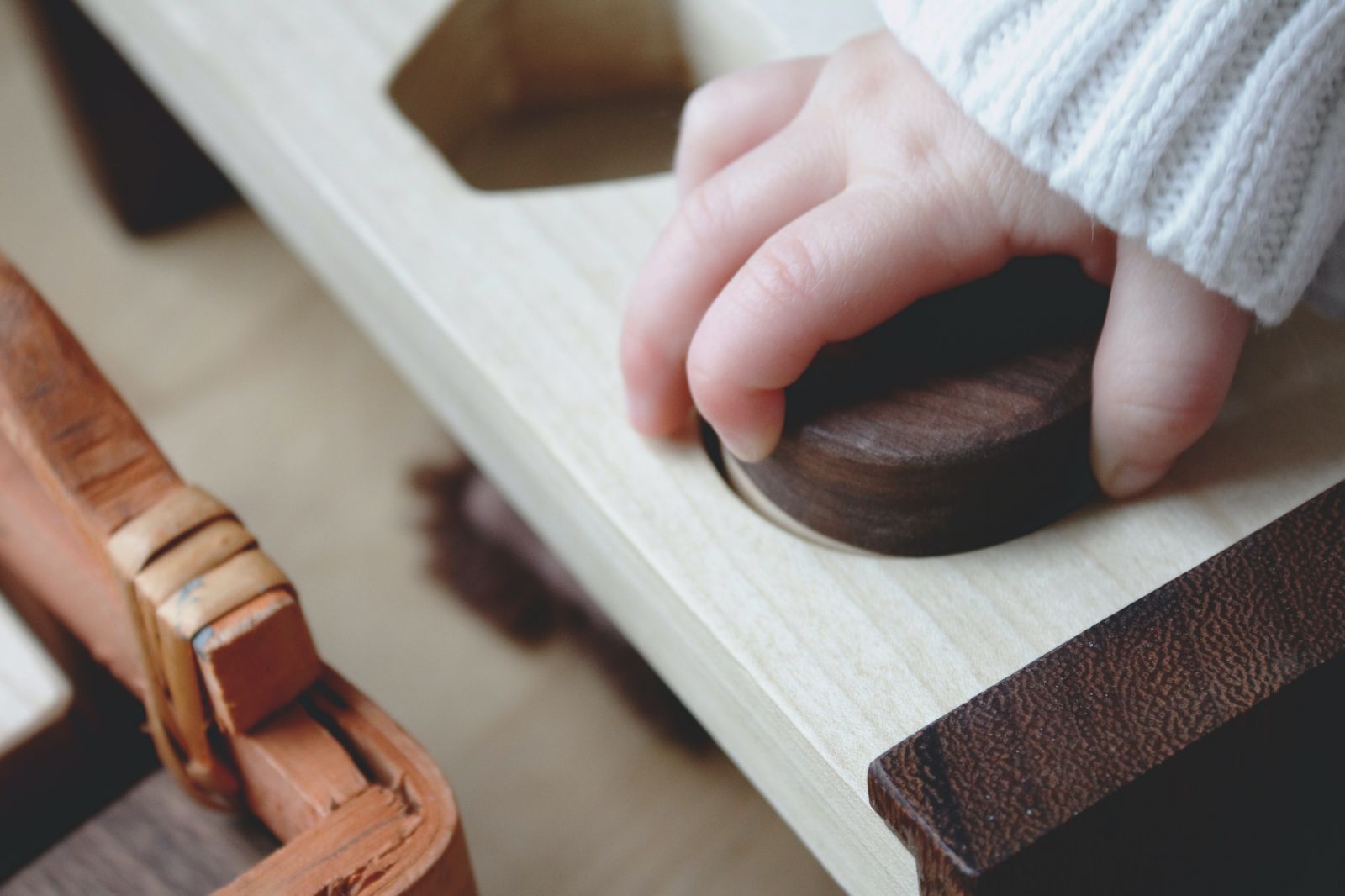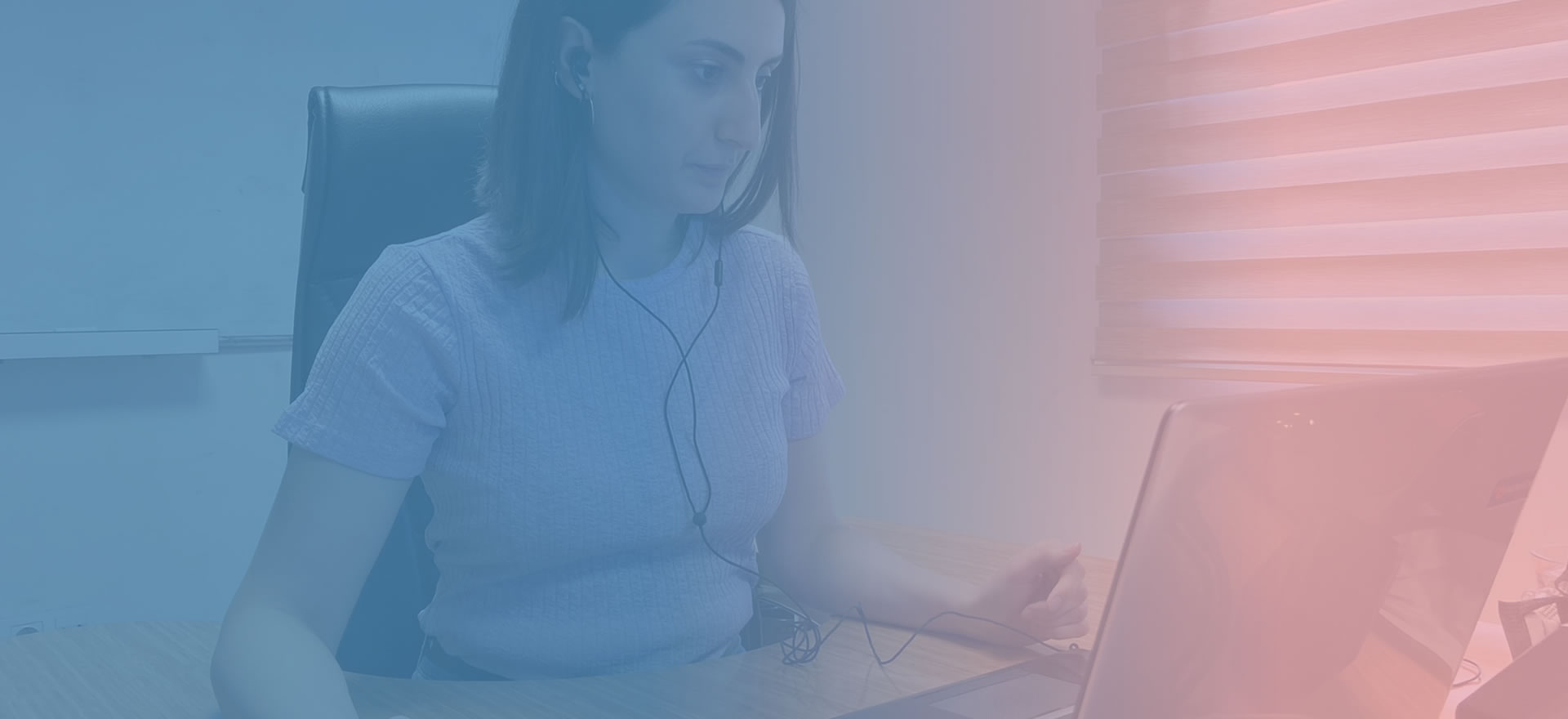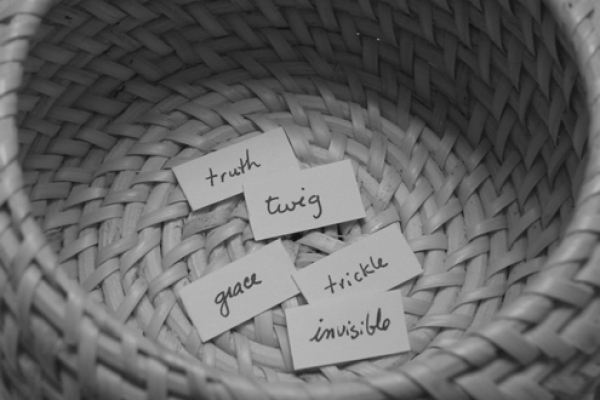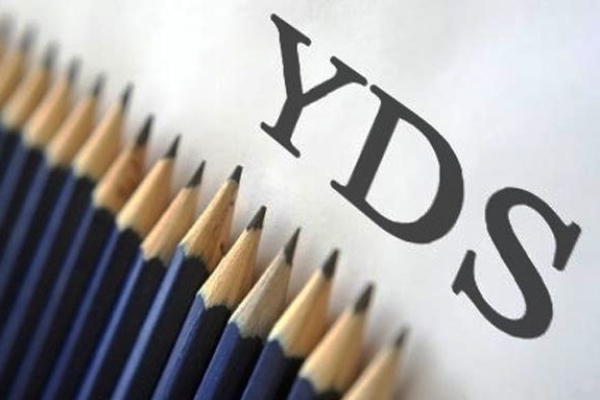
Montessori Education
Montessori is an educational method based on self-directed activity, hands-on learning and collaboration. In Montessori classes, children make creative choices in their learning, while highly educated teachers offer age-appropriate activities to guide the process.
Within the scope of Montessori training, free activity is performed in a well-prepared environment. In other words, the creation of an educational environment designed according to the basic human characteristics, the specific characteristics of children of different ages and the individual personalities of each child constitutes the basis of education.

Historical Roots
He is an Italian educator, doctor and scientist. In 1906, as a result of an international competition on scientific pedagogy and experimental psychology, Maria Montessori was invited to establish a childcare centre in the poor district of Rome, San Lorenzo. There, he would work with the most disadvantaged children in the region who had no pre-primary education.
He opened the doors on 6 January 1907 and called his center Casa dei Bambini (“Children's House”). Dr. Montessori was determined to make Casa a quality educational environment for these young people, who many thought to be learning difficulties. And he did it.
The children were rebels at first. Soon they began to show great interest in working with puzzles, preparing food and cleaning their environment and participating in hands-on learning experiences. Montessori soon observed that children exhibited calm, peaceful behaviour, periods of deep concentration, and patterns of care for their environment. He saw that children absorb information from their own environment, and in fact, become their own teacher.
Benefiting from the scientific observations and experiences he gained from his previous studies with young children. Montessori designed unique learning materials, many of which are currently being used in Montessori classes, and created a classroom environment that encourages children's natural desire to learn.
The success news of the school spread first to Italy and then to the whole world. The innovative Montessori Method also began to attract the attention of leading educators eager to learn. Some of them They were trained by Montessori. Within a few years Montessori schools spread to 5 continents.
What Makes Montessori Education Different?
If you are not familiar with Montessori education, the first question you will often ask is “What makes Montessori Education different?.” The features that make Montessori education different from traditional education can be listed as follows:
Prepared Media
Montessori classrooms are prepared in advance according to the individual needs of the students. These include student-centred lessons and activities. Traditional classes are based on teacher-centred lessons or activities.
Active Education
Montessori lessons are practical and active. Students discover the information themselves. In traditional lessons, the student is generally passive and listens, memorizes and takes exams.
No Time Restriction
In Montessori classes, children work as much as necessary to the classes and do not interrupt activities as much as possible. Traditional classrooms have time constraints and tight schedules.
Role of teachers
Montessori teachers act as students' one-on-one guide and advisor. They help each child according to his or her own learning style. In traditional classrooms, the speed and order of each lesson are predetermined. The teacher gives the same lesson, at the same speed, in the same order for all students.
Age Groups and Class levels
In Montessori schools, “grade levels” are flexible and are determined by the child's developmental range, ie ages 0-3, 3-6, 6-9, 9-12, 12-15 and 15-18. In traditional schools, class levels are inflexible and are defined strictly by chronological age over a twelve-month period.
Adaptive Curriculum
The Montessori curriculum is developed according to the needs of the students. The traditional curriculum is predetermined regardless of student needs.
Keep up with yourself
The child's specific working speed is honoured and encouraged in the Montessori class. Traditional classes expect all children to work at the same speed.
Self-Esteem
In Montessori education, the child understands that self-esteem comes from an inner sense of pride in their success. In traditional classes, self-esteem is thought to come from external judgment and ratification.
Being a knowledge hunger
The Montessori curriculum aims to address the child's innate knowledge hunger. Children learn to love to learn. The traditional curriculum focuses on standardized test performance and grades. Children learn because they are compulsory.








